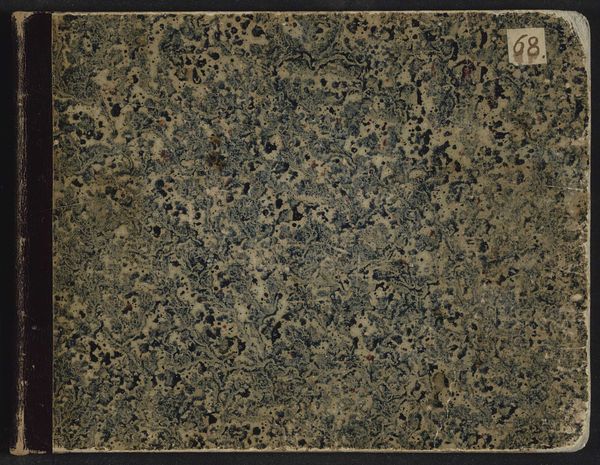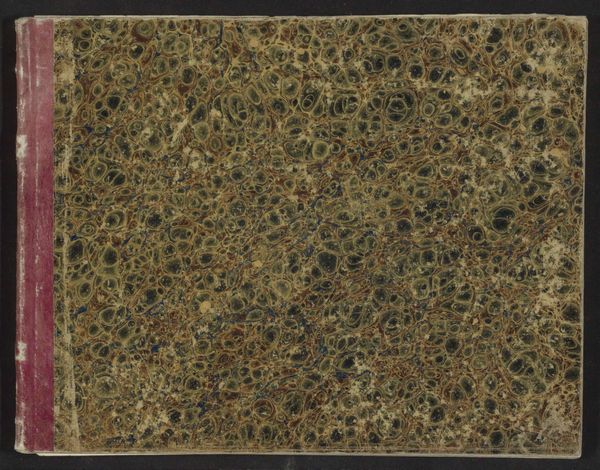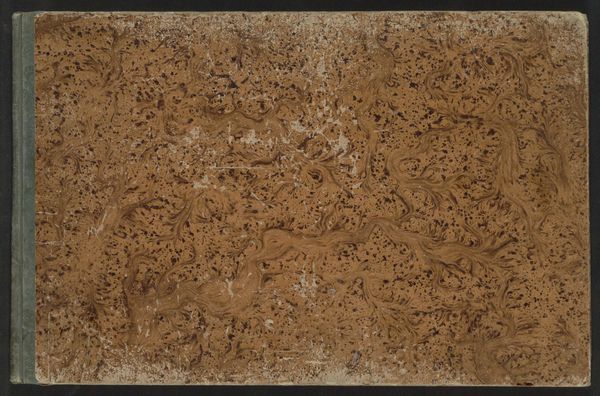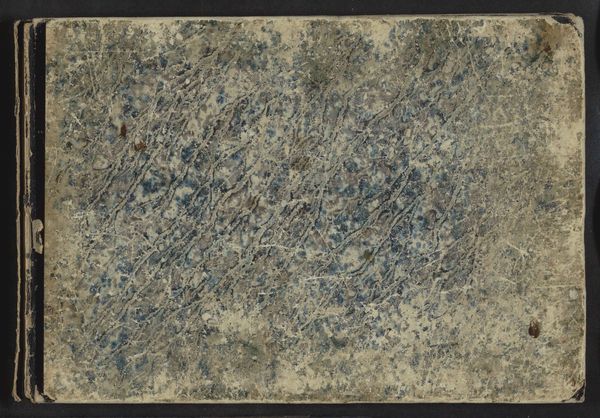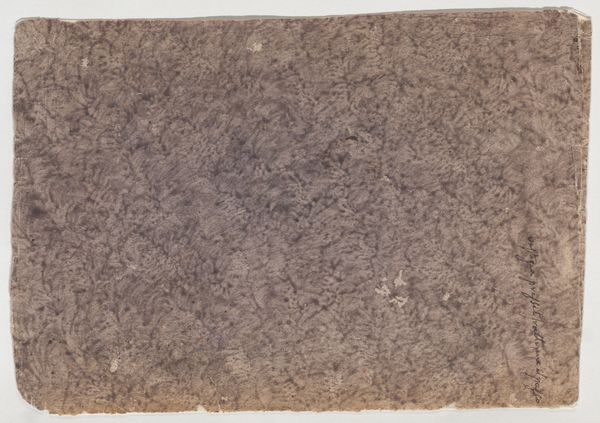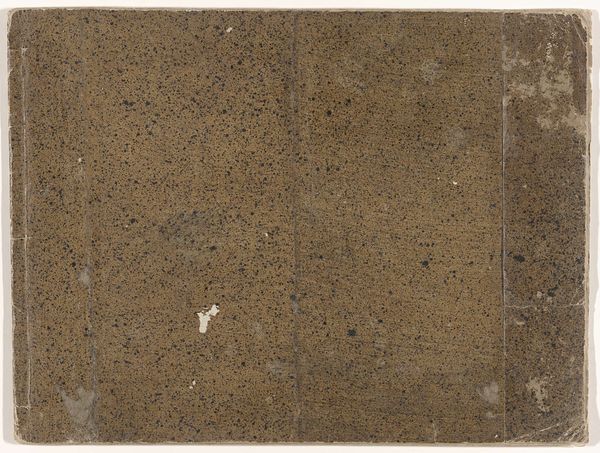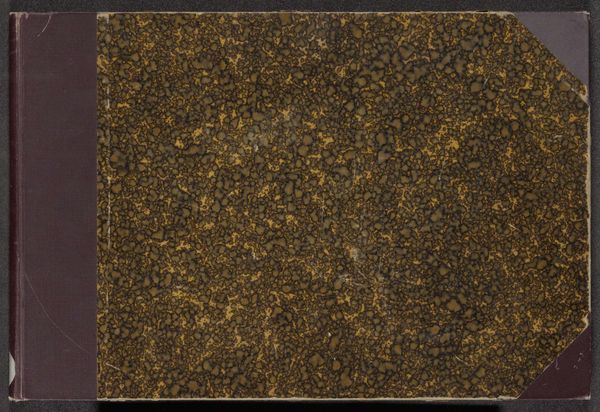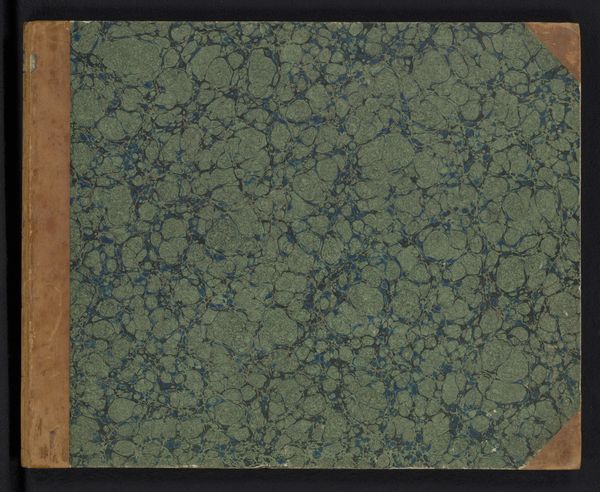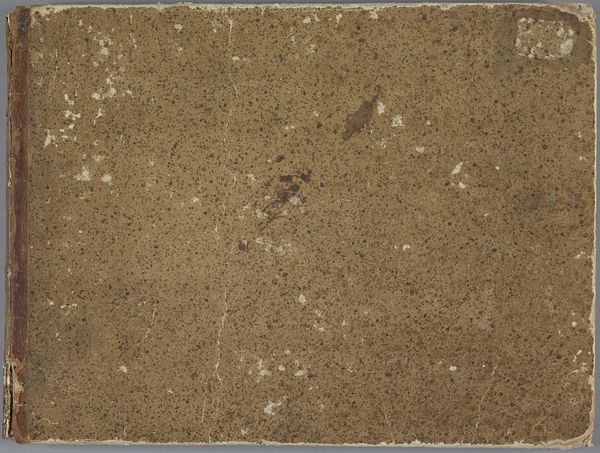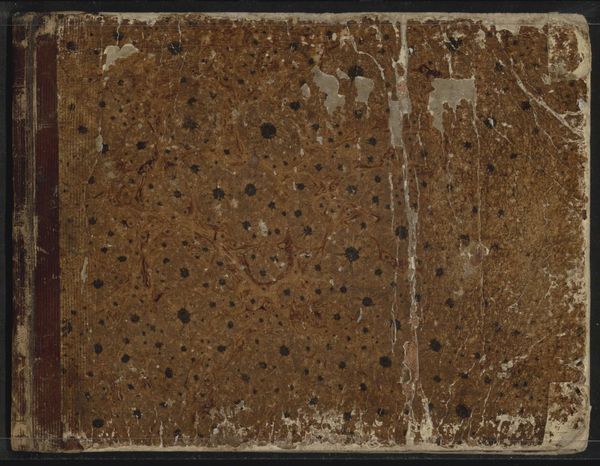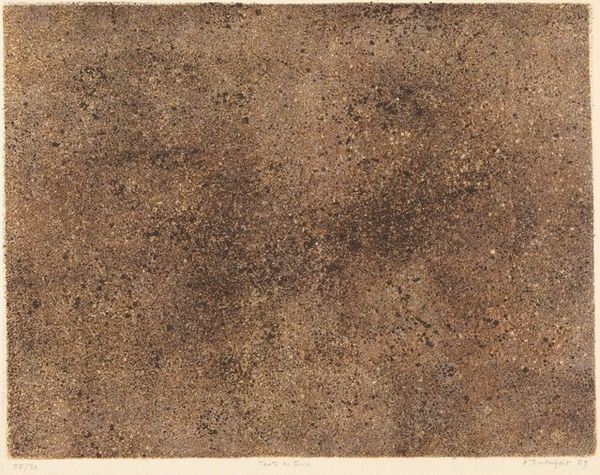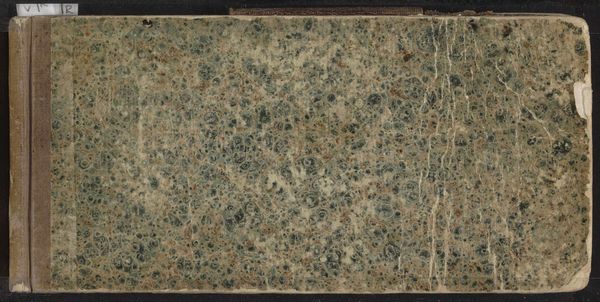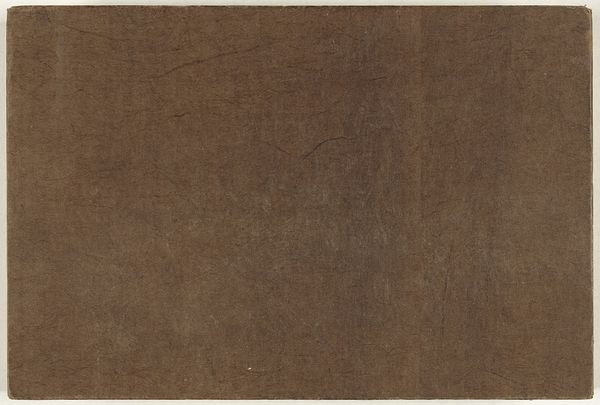
Album met scènes uit het leven van Romulus en Remus 1572 - 1573
0:00
0:00
giovannibattistafontana
Rijksmuseum
drawing, paper
#
drawing
#
landscape
#
paper
#
11_renaissance
#
miniature
Dimensions: height 185 mm, width 266 mm, thickness 15 mm, width 530 mm
Copyright: Rijks Museum: Open Domain
Editor: We’re looking at “Album met scènes uit het leven van Romulus en Remus” by Giovanni Battista Fontana, created between 1572 and 1573. It's a series of drawings on paper. It looks incredibly unassuming from the outside—like a well-worn journal. What catches your eye about it? Curator: The material quality itself presents an interesting study. Observe the mottled texture of the album's cover. Note the way the light interacts with its surface, creating a play of shadows and highlights. How does the artist, even indirectly through the wear of time, employ visual cues to establish a sense of depth? Editor: So you're saying even the *cover* has a kind of composition we can analyze? Curator: Precisely. The texture is not merely random. Consider its density and distribution. Does it suggest a conscious effort, even an accidental one, to establish a visual rhythm? Further, what is the significance of the spine, its seemingly aged condition, and its implications on how it holds the paper in place? Editor: The spine looks fragile! Does that communicate anything about the artwork as a whole? Curator: The structural integrity, or the lack thereof, of the spine invites consideration of form and function. How does this visual cue affect your perception of the drawings contained within? Are we meant to appreciate the drawings more, seeing that this album may not always be around to hold it together? Editor: I guess I was expecting to discuss the drawings inside! But I see what you mean; the album itself becomes part of the artistic statement. Curator: The distinction between container and contained is artificial. By acknowledging the material presence of the album, we gain a richer understanding of the artwork's composite nature. It is as much an element as the contents within it. Editor: That’s a whole new way to think about… well, everything! I will definitely start to pay much closer attention to what surrounds a painting, drawing, or sculpture now!
Comments
No comments
Be the first to comment and join the conversation on the ultimate creative platform.
